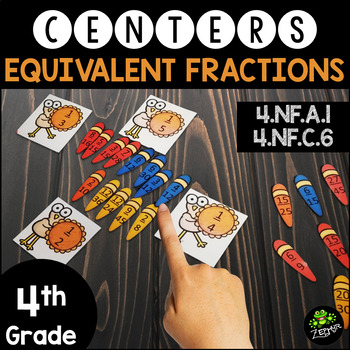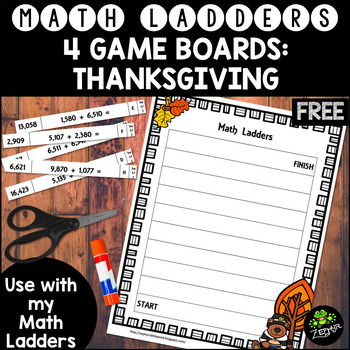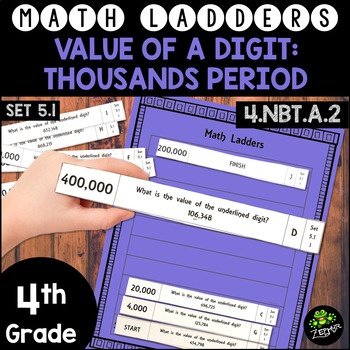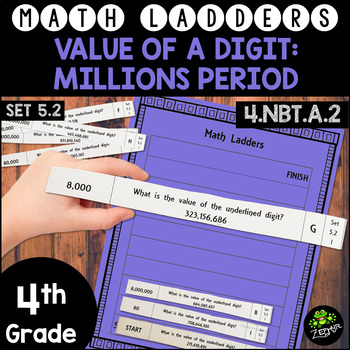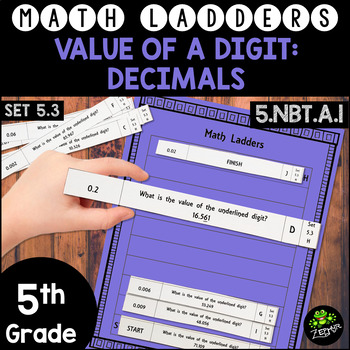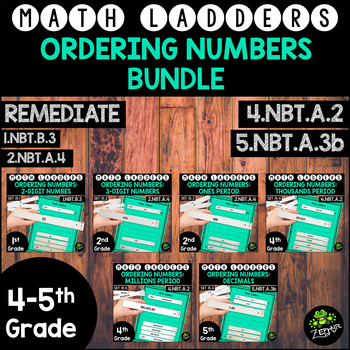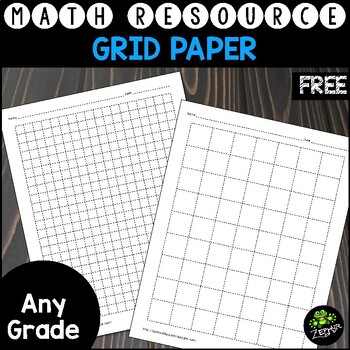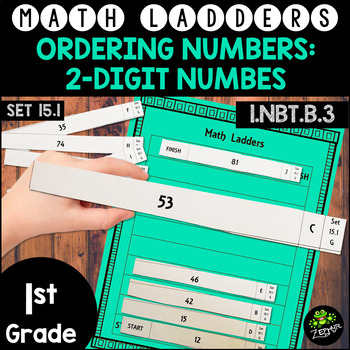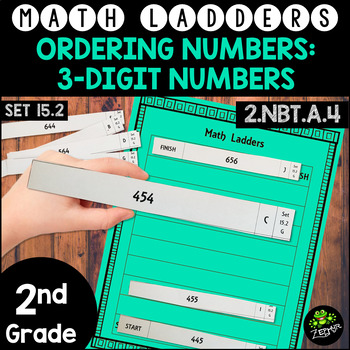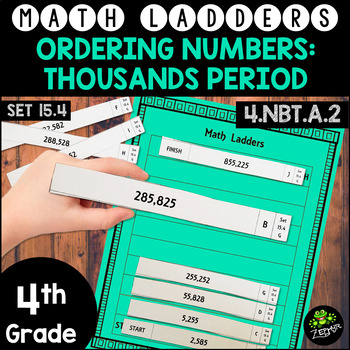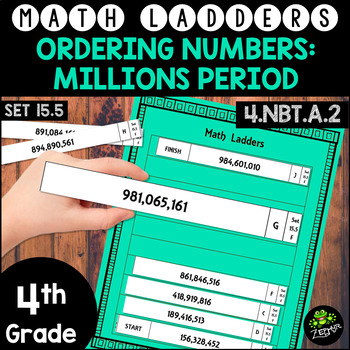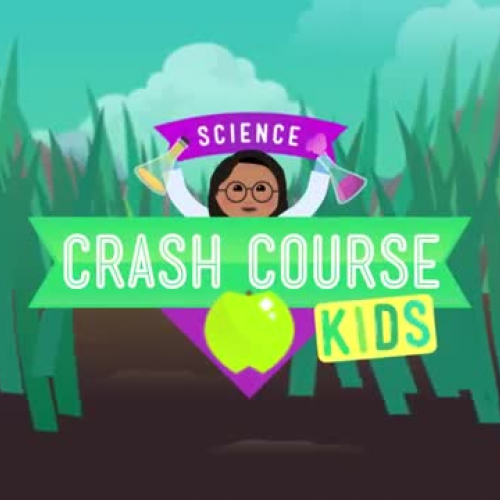I'm a firm believer in the power of independent math centers and a teacher-led small group - as long as the students are actually working, of course! There's the question of grading math centers (more accountability for students, but more work for teachers) or allowing them to grade (do they cheat??) or requiring nothing to be turned in at all (ikes!). I have tried to find a happy medium in my room that allows flexibility, accountability, and as little extra work for me as possible.
At the end of this post, you'll find a link to an Excel spreadsheet that I use for planning. I've set it up to be printed if you want to, but I never print it. It's a document I pull up on my computer & edit as I'm holding small group (taking attendance, making notes about skills needing to be revisited) and then I save it to our network for my administrators. On my regular plans, I note whether we held centers that day or if we did something different - whole class computer lab, graded assignment, extra lesson time, etc.
My Schedule
Everyone's math block looks a little different. Mine is 90 minutes (give or take). I have the students do their Daily Review and XtraMath (to practice fact fluency - it's free!) for about 15 minutes. We then review the Daily Math and move into our lesson (about 40 minutes). The rest of the class time is for centers or an assignment.
The reality of teaching is that we have to take grades. The last two weeks before Thanksgivings, I tried putting a graded assignment into my center rotation and it was a nightmare. I had no idea who had completed it (who needed extra time per their 504 or IEP), who was absent (since it was done over a 5 day period), and the kids that did it on the first day didn't get any sort of feedback for about a week. It didn't work.
And the stress on me to make sure we finished the lesson with enough time for students to complete their centers - one of which was a graded assignment??!?! Let's not even go there! After those two weeks, I gave up and didn't even try to attempt it between Thanksgiving & Christmas. (Getting really sick for over a week didn't help me teach at all either...)
In January, I'm going back to the schedule I put into place three years ago when my son broke his leg. I missed 1-3 days of school each week over an 8 week period. At that time, it was impossible to leave centers for a sub (can we spell play time???). Instead, I made up a rotation and if we got to centers that day - great! If not, no big deal. We'll do the next day's centers when we got to it. This allowed me to extend a lesson if I needed to and skip centers; all students did assignments on the same day; and if I had a sub, I didn't panic about trying to write up what each center was supposed to be doing. Not to mention, it didn't phase me when we had a 4 day work week, a field trip, or a random assembly. No centers? No problem!
It works for me. Will it work for every teacher? Probably not. We're all different. For me, though, I needed less stress and taking away the requirement that I get to centers every day for x number of minutes was what I needed!
Planning Centers
When planning centers, I keep it as simple as possible. There's the teacher-led small group, a computer station, and seat work.
Teacher-Led Small Group: I use data to determine what skills my students need to work on. Then, I'll either group students using that data or pull whatever students I need that day from their center. Either way works as long as you're not taking actual grades on the centers. For the curriculum, I may invent my own from time-to-time, but more often I'll use the reteach lessons in my textbook or the lessons our computer software gives us (iReady is the software we use). Slight changes are always needed, of course, but it gives me a starting point without reinventing the wheel. Students keep all work we do in their Math notebooks. Sometimes, I'll assign a homework sheet from CommonCoreSheets and then pull those students to review the work the next center day before I pull my small group for that day. (That website is amazing, by the way. It's completely free and has worksheets for pretty much every Common Core math standard. And, each worksheet has about 10 different variations. So, if a kid struggles on the assignment, reteach it and reassess it using a different worksheet. Oh, and the worksheets are designed so that you can lay them out about and grade about a half dozen at a time. MAJOR time saver!)
Computer Station: My students work on a computer program called iReady. They have their user names & passwords in their notebooks (or memorized) and log in by themselves. They record their work & test scores in their notebooks. When they come to small group, I do a quick check in with them to see if there is anything they're struggling with. If so, I can do a mini-lesson there or pull them when I finish with the small group. We also have an incentive system built around iReady so that they're rewarded after they pass so many lessons.
Seat Work: My seat work stations are always something familiar so that there is no learning curve. I like to use Math Ladders or Games that use Task Cards. Once I teach students how to do these centers, I switch out the skill. They're then constantly changing the skill being practiced, but not learning how to play a new game. I find this to be a lot more beneficial than the store-bought games that focus on one skill (or a bunch of random skills, including ones I haven't taught). The store-bought games require me to spend a lot more money and the kids spend more of their center time reading the directions rather than playing the game. If I do happen to throw a game in that's not a regular (my Go Fish games are popular), then I try to keep it for at least two weeks so they can learn the style of game and then have real practice time with it.
Grading Centers
I've gone between everything from grading all centers, choose a center to grade, and grading none. The challenge I have with grading centers is what to do when students are absent or pulled for small group instruction. Make up work is not possible because we change classes. There is literally no extra time in my students' days for make up work.
This year, I'm having students keep their work in their Math Notebooks. If I know of a student that is chronically off task, I can conference with him/her about the math work when I finish early with a small group. I've also put the students in groups and am awarding points to each group when I see them on task or deducting points when they're off task. Fourth graders are very competitive and these points equal tickets to them to use in our book raffle. (See my other post about the book raffle for a cheap incentive for students!)
Free Download
Click the picture below to download my Excel Planning file from my Google Drive.






